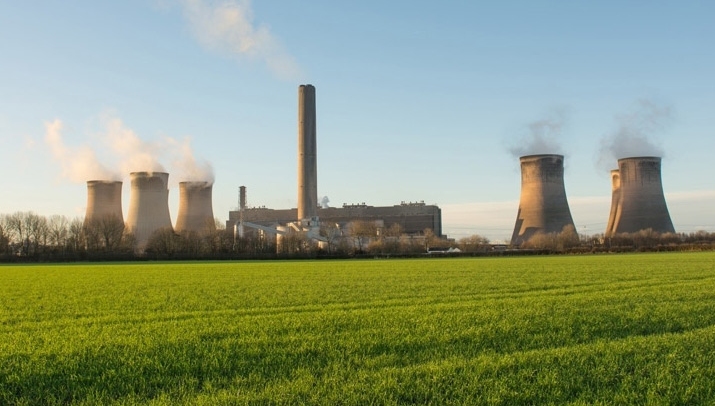SOURCE: Edie.net and WWF Report
DATE: April 16, 2020
SNIP: The UK’s net-zero target is failing to account for emissions from overseas manufacturing of products imported into the country, a figure which a new report from WWF claims accounts for 46% of the UK’s annual carbon footprint.
The report, commissioned by WWF and carried out by the Sustainability Research Institute at the University of Leeds, and released today (16 April) examined what the UK’s carbon footprint would look like if the manufacturing of imported products was accounted for in UK carbon accounting.
The report found that emissions from imported products including clothing, processed foods and electronics would account for 46% of the UK’s carbon footprint. However, these emissions are not covered on national reporting requirements through the UK’s net-zero target.
WWF also claims that these products would not be produced if not for UK demand.
The UK’s domestic greenhouse gas (GHG) emissions underwent a 3.6% year-on-year fall in 2019 – during which time renewable energy rose to a record 36.9% share of electricity generation.
However, the Office for National Statistics (ONS) has found that the UK’s emissions peaked in 2007, rather than 1972, if territorial emissions from imports abroad were taken into account.
Emissions in 2017 were 43% below 1990 levels, while the economy grew by two-thirds. However, if the territorial approach was replaced, it is believed that total emissions reductions are closer to 10% since 1997.
The Committee on Climate Change (CCC) has made numerous public calls for the UK to include territorial emissions from international aviation and shipping under the new net-zero target for 2050. However, the government formally rejected these calls.
[Ed Note: One large part of the “renewable energy” contributing to the UK’s increase in electricity generation by renewables is biomass: a euphemism for wood pellets, most of which is from the United States. Burning trees actually emits more CO2 than the coal that biomass is replacing in the UK, but this CO2 is not counted under the EU’s “net zero” CO2 emissions counting scheme because trees are considered “renewable”. Unfortunately, as we all know, trees take decades to grow back, and young trees sequester little CO2 compared to old growth forests. So the 36% “renewable” electricity generation is highly suspect.]

